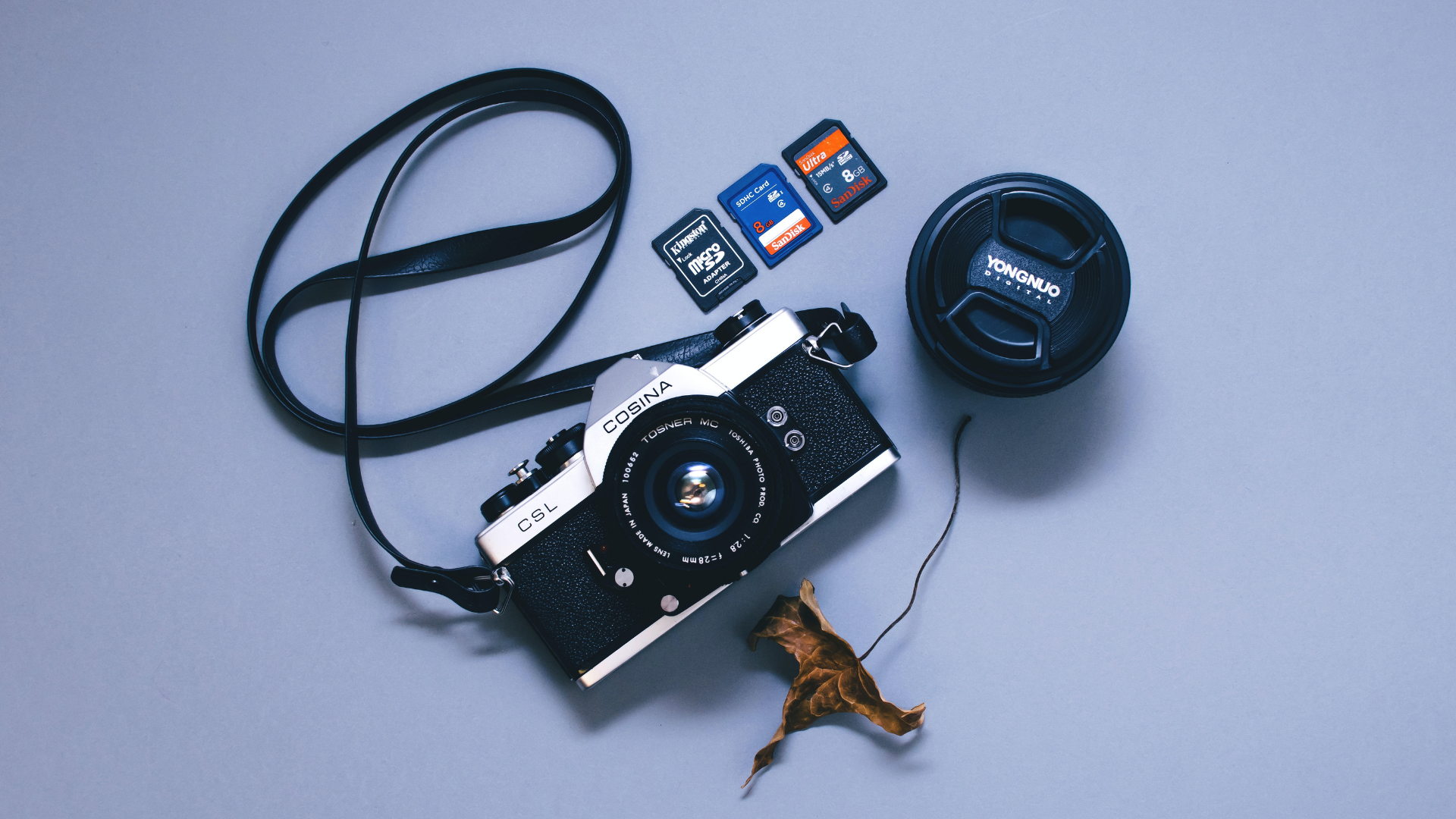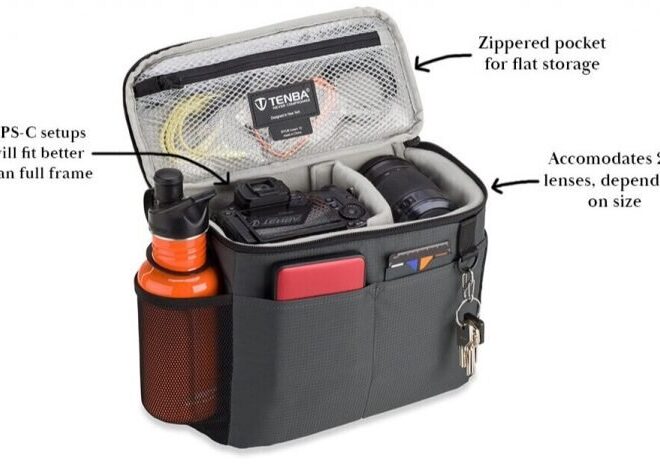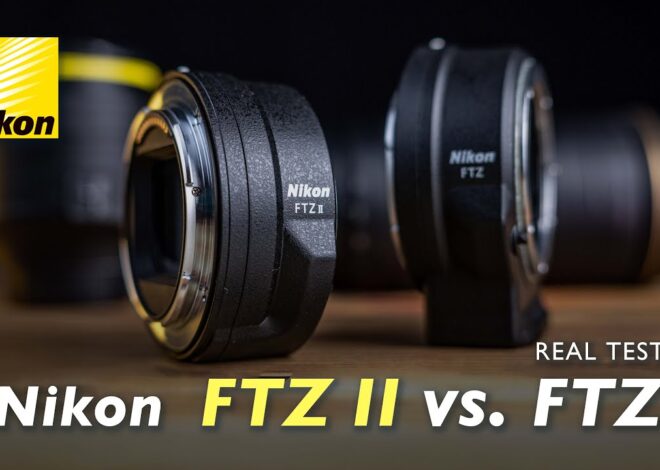
f 1.7 vs f 1.8: Is There Any Difference?
As an Amazon Associate, I earn from qualifying purchases.
What is Aperture? And why is this important for photography? This is one of the most common questions who are a newbie to the camera. And the aperture digits are more confusing as well.
Let’s say f 1.7 vs f 1.8. What are these numbers mean and what is the difference between them?
Confusion aside, this article will lead you to the in-depth details about f 1.7 vs f 1.8.
What is the Key Difference Between the f 1.7 vs f 1.8?
Before jumping into the difference you have to understand what aperture is.
Aperture is the most influential parameter of photography. It is used for composition and setting up a shot. It is the hole in the lens through which lights travels onto the sensor.
Apertures are defined by “f” and the digits after “f” defines how wide the holes are. The smaller the numbers mean larger the aperture which means more light can pass through the lens onto the sensor.
And the higher the numbers get the smaller the aperture gets. This means less light can pass through the lens.


The aperture controls the depth of field as well.
In the comparison, I will be talking about two lenses
- Panasonic 20mm f 1.7
- Olympus 25mm f 1.8
They both are similar in terms of price and specs. And They both are prime lenses with fixed zoom. That means you cannot zoom in from the lens.
Here are some side-by-side comparisons of the picture quality.

Panasonic f 1.7

Olympus f 1.8


As you can see the Panasonic 20mm f 1.7 is a bit wider-angle than the Olympus 25mm f 1.8.
You might get some slightly dark corners if you shoot at f 1.7 as the aperture is very wide.
You won’t have the problem in f 1.8 because of the small aperture difference.
Theoretically, you should get more bokeh effect from the f 1.8 lens but in real-life experience, you won’t see the difference.
The sharpness and resolution of photos from both lenses are very solid.
The sizes of the wide aperture lenses are very small. In the photography world, they are known as pancake lenses.
If I overall choose one between the two, I will choose the f 1.8 one. The f 1.8 lenses are not as small as the f 1.7 ones. And they don’t make the small dark sides as some of the f 1.7 lenses make.
And top of that the f 1.8 aperture is wider enough to cover all your portrait photography needs. And they come in various focal lengths.
So overall choosing f 1.8 over the f 1.7 is recommended.
Who is for the Wide Aperture Lenses?
Photographers who shoot street photography and portraits mainly use wider aperture lenses.
The f1.8, f 2.4, and f 2.8 are the ideal lenses for their use. Because they give nice bokeh and you can be close towards the subject to shoot the portrait. And most importantly the lenses are cheap compared to the telephoto or large focal length lenses.
How Do I Choose Aperture?
The aperture gets wider if the number gets smaller. The wider the aperture the more light can pass onto the sensor.
If you are shooting in a low light condition, a smaller aperture will perform well as it can allow more lights to get onto the sensor. This is how you have to choose the right aperture for your footage.
Which Aperture is Best for Low Light?
The f 1.8 is an ideal aperture for low-light photography. It performs well when the room is dark or there is very limited light to work with.
What is the Meaning of f 1.9 in Cinema?
f 1.9 means the aperture is fixed. That means your camera sensor will always have the same amount of light every time. Smartphone cameras have fixed aperture. Although nowadays smartphone cameras are very advanced to tweak the aperture settings internally.
Which Aperture is the Sharpest?
To shoot different objects aperture varies. Let us say if you shoot flat subjects you will find the best results on aperture f/8. If you shoot architecture or landscape the sharpest you will find is at an aperture of f 1.8.
Final Words
I hope this article gave you knowledge about the aperture of photography. Getting confused by the numbers is easy if you are not from this background.
I have covered everything between f 1.7 vs f 1.8. hope you will get to choose your lens after the comparison I’ve addressed.
Related Posts:



